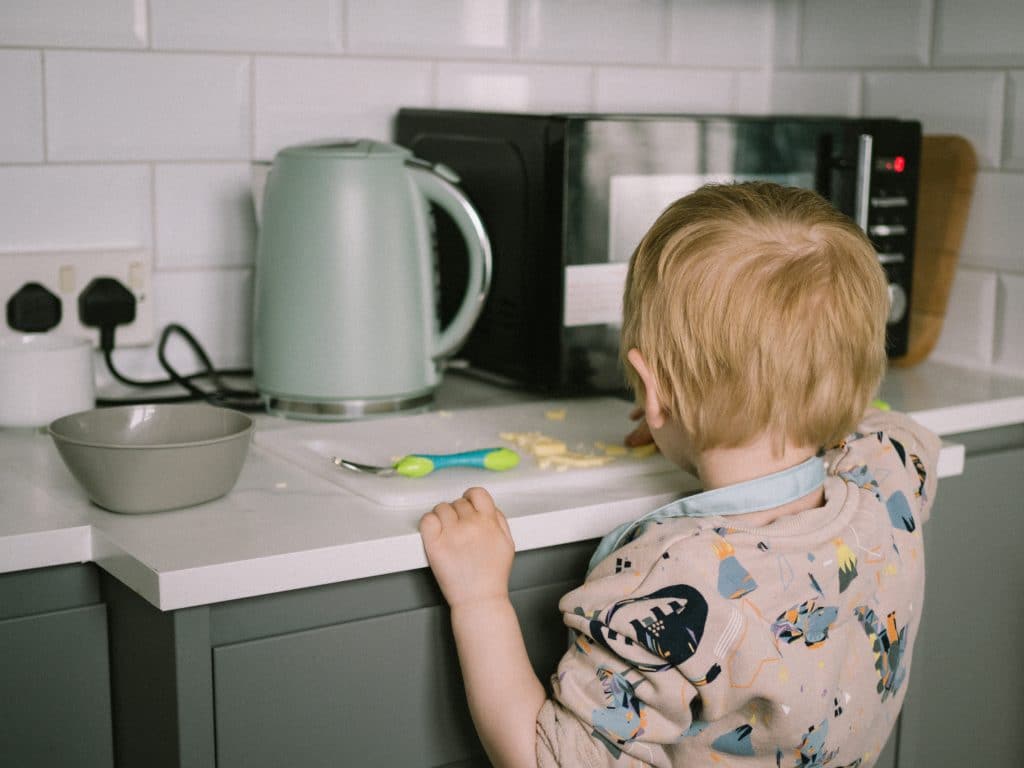Helping kids with high-functioning autism eating habits can be easier than you think. In this guide, we’ll share simple tips to support your child’s food journey. With the right strategies and a positive mindset, you’ll help your neurodivergent kids enjoy healthier eating habits. Let’s explore practical solutions for happier mealtimes.
Table of Contents
Step 1: Observe and Understand Your Child’s Food Choices
Start by watching how your child eats. What foods do they like? Write down any patterns you notice, like if they avoid certain textures or food types. Knowing these patterns is key for helping kids with high-functioning autism eating habits. Keep a food diary to record what your child eats, what they like, and any mealtime challenges. This info will help you make a plan that works for your child.
Here are some things to watch for:
- Food preferences
- Textures they avoid
- Mealtime struggles
Step 2: Set a Routine for Meals and Snacks
Neurodivergent kids do well with routines. Set regular times for meals and snacks to make things predictable and help your child feel less worried about food. Eat together as a family to give your child a sense of belonging.
Also, make sure the mealtime environment is pleasant and free of distractions so your child can focus on eating.
Consider these tips for a peaceful mealtime setting:
- Remove electronics
- Use calming colors
- Play soft background music

Read more: How to Get a Picky Toddler to Eat New Foods
Step 3: Slowly Add New Foods to the Menu
Trying new foods can be hard for your child, but it’s important. Begin by serving small amounts of new foods with their favorite dishes. Let them explore the new food by smelling, touching, or even playing with it. Keep in mind your child might need to see a new food several times before they feel okay trying it. Be patient and celebrate each small win.
To make trying new foods fun, try these ideas:
- Make food art
- Have a themed dinner night
- Get creative with food colors and shapes
Step 4: Include Your Child in Meal Planning and Cooking
Get your child excited about food by including them in meal planning and cooking. Let them pick out recipes, shop for ingredients, or help with cooking. This hands-on time can help them feel good about food and be more willing to try new things.
Here are some ways to involve your child in the kitchen:
- Let them pick a recipe from a kid-friendly cookbook
- Teach them to measure and mix ingredients
- Encourage them to help with age-appropriate tasks
Goally | The Safest Tablet for Kids

Read More: What is the best diet for an Autistic Child?
Step 5: Offer Choices and Support Independence
Give your child choices during meals. This might mean letting them pick between two different dishes or choose their own plate and utensils. Helping your child feel independent with food choices can build their confidence and lead to better eating habits.
Consider these ideas to promote independence:
- Create a visual menu for your child to pick from
- Offer a “build your own” meal option
- Allow them to serve themselves when possible

Read more: My Autistic Child Won't Eat Anything
Step 6: Work with Experts
Some kids might need extra help. Talk to a doctor, nutritionist, or therapist who knows about high-functioning autism eating habits. These experts can give you helpful advice, strategies just for your child, and support throughout the process.
When choosing an expert, look for:
- Experience with neurodivergent kids
- Positive reviews from other parents
- A compassionate and patient approach
Step 7: Stay Positive and Celebrate Success
Navigating the journey of high functioning autism eating habits can be quite a ride. A sprinkle of positivity, a pinch of patience, and a dash of celebration can make a world of difference. Relish each step forward your child makes, no matter how tiny. Remember, every win counts and is worth celebrating.
You might find that charting progress visually can add a fun, rewarding element to this journey. Picture a colorful chart filled with stickers, each representing a small victory – pretty cool, right? Don’t hesitate to share your child’s milestones with loved ones; it takes a village after all. And why not plan a special family outing to commemorate a major achievement? It’s about making this journey enjoyable, memorable, and reinforcing that progress is always worth celebrating.

Goally | Apps That Build Behavior & Life Skills for Kids
Want to keep your child motivated while building essential behavior and life skills? Goally’s skill-building tablet is designed to celebrate small wins and help your child grow.
Our Behavior Tracker helps you reward your kiddo for specific skills, like “being kind” or “flushing the toilet.”
By setting clear expectations and rewarding their efforts, you foster a positive environment for your child to flourish in their behavioral skills journey.

In conclusion, supporting your child’s high-functioning autism eating habits can be a rewarding journey for both of you. Be patient, stay positive, and remember to celebrate each milestone along the way. With the right strategies, you can help your child develop healthier eating habits and enjoy happier mealtimes together.
FAQ’s About High Functioning Autism Eating Habits
Do children with high-functioning autism have eating challenges? Yes, many children with high-functioning autism experience sensory sensitivities, food aversions, and rigid eating routines that can lead to challenges. What are some common eating issues in high-functioning autism? Common issues include picky eating, strong food preferences, difficulties with textures or temperatures, and an insistence on eating the same foods repeatedly. How can I help my child with high-functioning autism expand their diet? Offer new foods gradually, alongside familiar favorites. Focus on positive experiences at mealtimes, and consider using visual schedules to introduce changes. Should I be worried about my child with high-functioning autism's eating habits? If your child's eating limits their nutrition or causes significant stress, consult your pediatrician or a feeding specialist for support.

Goally
We help parents teach their kids life skills, like doing bedtime and morning independently. Backed by science, we incorporate evidence-based practices and expert-informed designs in all of our apps and content.






